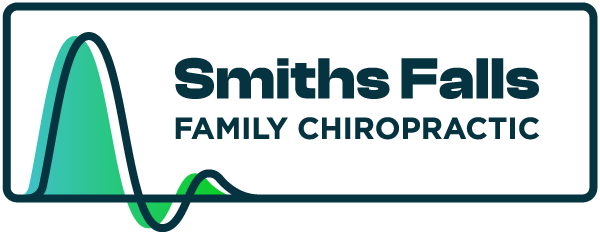Chronic pain is a debilitating condition that affects millions of people worldwide. While many associate it with localized injuries or inflammation, one lesser-known but significant contributor to chronic pain is spinal dysfunction. At Smiths Falls Family Chiropractic, we focus on addressing these underlying issues to provide long-lasting relief and improved quality of life.
Understanding Spinal Dysfunction
The spine is a critical component of the body’s structure and function, housing the spinal cord and facilitating communication between the brain and the rest of the body. Misalignments in the spine, known as subluxations, can lead to nerve interference, reduced mobility, and persistent pain. A detailed overview of subluxations can be found in this resource from Chiro.org, which explains how these misalignments disrupt normal bodily functions.
Subluxations can develop from poor posture, injuries, or repetitive stress. Over time, these spinal issues can lead to chronic pain and even spinal degeneration. A study published by MDPI highlights the progressive nature of untreated spinal dysfunction, emphasizing the importance of early intervention.
Chronic Pain and Its Link to Spinal Health
Spinal dysfunction does more than cause localized discomfort—it can create a ripple effect throughout the body. Misalignments often result in chronic tension in surrounding muscles, inflammation, and restricted movement. This connection is explored in Simply Well Chiropractic’s guide to spinal subluxations, which underscores how these issues perpetuate pain cycles.
Poor posture, one of the leading causes of spinal dysfunction, further exacerbates these problems. Prolonged sitting, slouching, or improper ergonomics can lead to degenerative changes in the spine, as explained in this article by Dr. John Michels. Left unaddressed, these changes can contribute to chronic pain syndromes that become increasingly difficult to treat.
The Role of Chiropractic Care in Managing Chronic Pain
Chiropractic care focuses on restoring spinal alignment to address the root causes of chronic pain. Gentle adjustments alleviate nerve interference, improve mobility, and reduce inflammation, allowing the body to heal naturally. According to Core Chiropractic, addressing subluxations can lead to significant improvements in both pain levels and overall health.
In addition to physical benefits, chiropractic care may also play a role in supporting mental health. Chronic pain and mental health are often intertwined, with conditions like depression and anxiety exacerbating pain symptoms. The American Psychiatric Association highlights this connection, emphasizing the importance of holistic care approaches like chiropractic to improve both physical and emotional well-being.
Scientific Support for Chiropractic Care
Research continues to validate chiropractic care as an effective treatment for chronic pain. A recent study published in BMC Musculoskeletal Disorders found that regular chiropractic adjustments significantly improved mobility and reduced pain intensity in patients with chronic conditions. These findings support the role of chiropractic care in managing long-term spinal dysfunction and enhancing overall quality of life.
Take the First Step Toward Pain Relief
Chronic pain can feel overwhelming, but you don’t have to face it alone. At Smiths Falls Family Chiropractic, we’re dedicated to helping you regain control of your health through personalized, evidence-based care. By addressing spinal dysfunction, we aim to relieve pain and improve your overall well-being.If you’re ready to explore the benefits of chiropractic care, contact us today to schedule your consultation. Learn more about the causes and treatment of spinal dysfunction by exploring Complete Chiropractic Health’s guide to subluxations.


